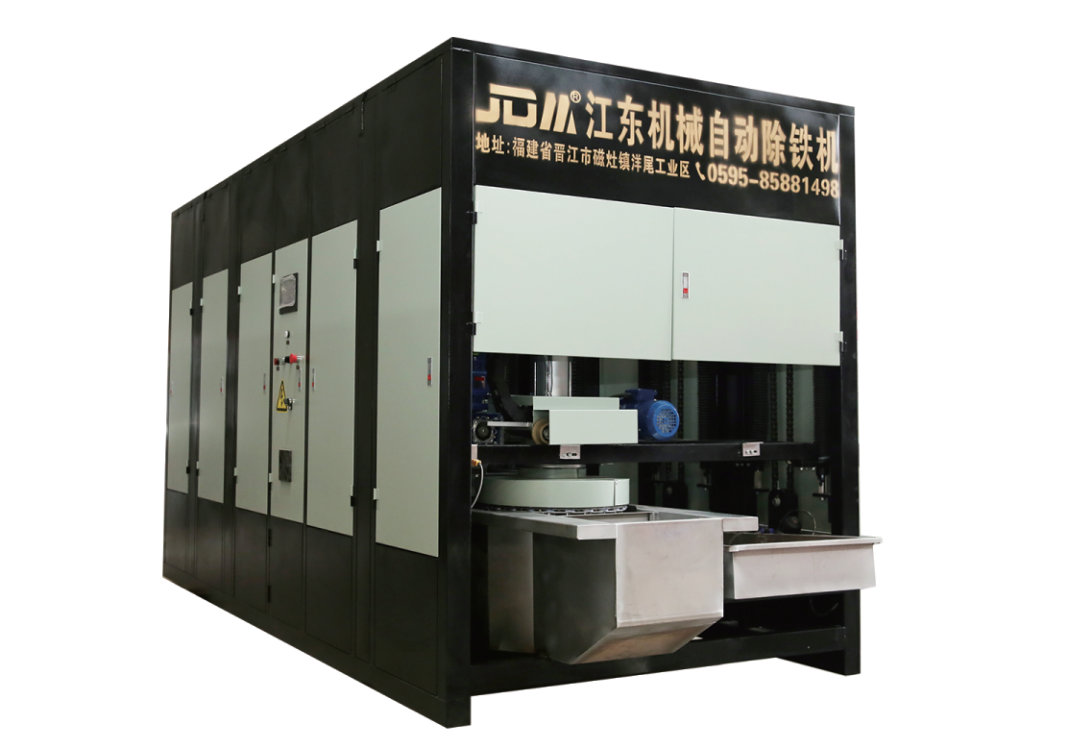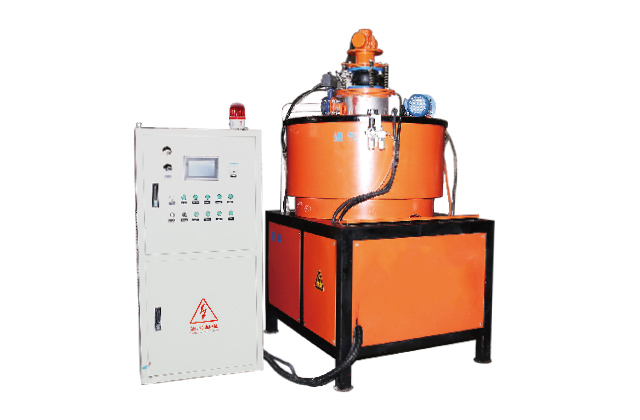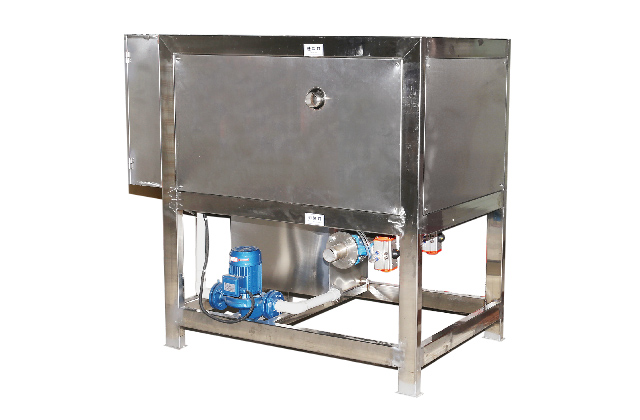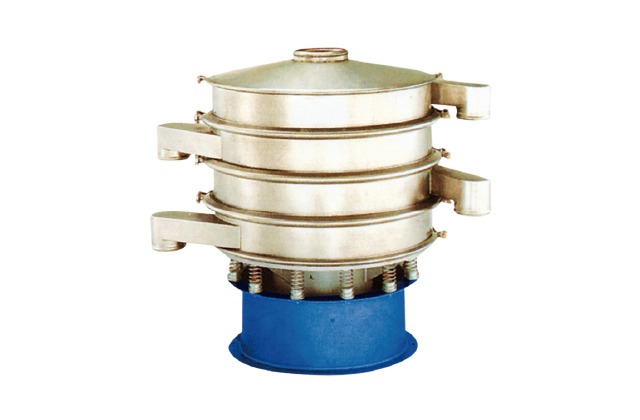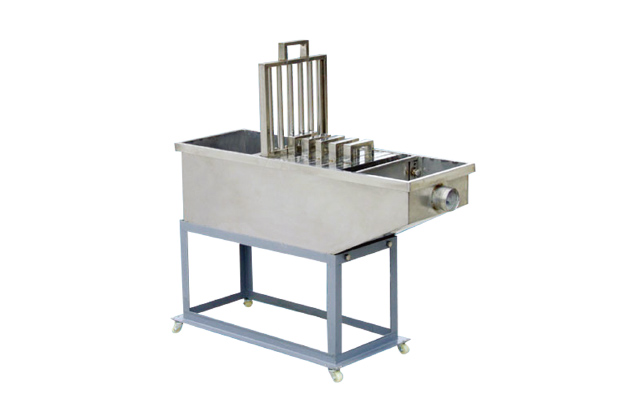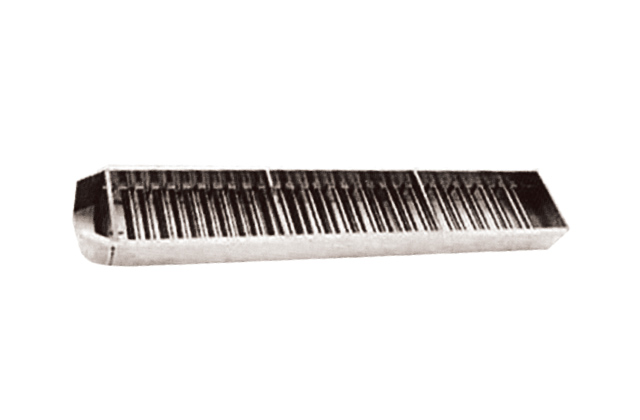September 5, 2025
How Does a Dewatering Screen Work?
Introduction to Dewatering Screens
When it comes to industrial processes, water management is a critical factor. One of the most effective tools for handling excess moisture is the dewatering screen. But have you ever wondered, how does a dewatering screen work? In this article, we’ll explore the inner workings of these machines, their key components, and their applications in various industries.
The Working Principle of Dewatering Screens
A dewatering screen is essentially a device used to separate solid particles from water. The process is straightforward yet efficient. Here’s a breakdown of how it operates:
- Feed Material: The material, which is typically a slurry or a mixture of water and solids, is fed onto the screen.
- Vibration: The screen is vibrated at a specific frequency, causing the water to pass through the mesh while retaining the solids.
- Drainage: The water drains off, leaving the solids on the screen, which are then discharged.
Interestingly, the vibration is designed to be gentle enough to prevent damage to the screen yet vigorous enough to ensure effective dewatering.
Key Components of a Dewatering Screen
The effectiveness of a dewatering screen relies on several key components:
1. The Screen Mesh
The screen mesh is the heart of the dewatering process. It is usually made of stainless steel or polyurethane, ensuring durability and resistance to corrosion. The size of the mesh openings is critical; they must be small enough to retain solids but large enough to allow water to pass through efficiently.
2. The Vibrating Mechanism
The vibrating mechanism is what sets the dewatering screen in motion. This mechanism is typically powered by electric motors and is designed to create a consistent and controlled vibration. The amplitude and frequency of the vibration can be adjusted based on the type of material being processed.
3. The Frame and Support Structure
The frame of the dewatering screen is constructed from robust materials to withstand the constant vibration and the weight of the material being processed. The support structure ensures that the screen remains stable during operation, preventing any misalignment or damage.
Advantages of Using Dewatering Screens
So, why are dewatering screens so popular in various industries? Here are some of the key benefits:
- High Efficiency: Dewatering screens can process large volumes of material quickly and efficiently, making them a valuable asset in industrial settings.
- Low Maintenance: Despite their robust nature, dewatering screens require minimal maintenance. The screen mesh may need occasional replacement, but overall, they are designed for long-term use.
- Cost-Effective: By effectively separating water from solids, dewatering screens help reduce transportation and storage costs, making them a cost-effective solution for many businesses.
Common Applications of Dewatering Screens
Dewatering screens are used in a wide range of industries, including:
- Mineral Processing: In the mining industry, dewatering screens are used to separate minerals from ore and to remove excess water from the final product.
- Wastewater Treatment: In wastewater treatment plants, dewatering screens are used to remove solids from the water before it undergoes further treatment.
- Agriculture: Farmers use dewatering screens to remove excess moisture from agricultural products, such as grains and vegetables, to prevent spoilage.
Conclusion
In conclusion, dewatering screens are an essential tool for managing water in various industrial processes. By understanding how a dewatering screen works, businesses can better utilize this technology to improve efficiency, reduce costs, and enhance the quality of their products. Whether you’re in mining, agriculture, or wastewater treatment, a dewatering screen could be the solution you’ve been looking for.

